Shah Jahan’s stature was intermediate. But he was the owner of a spiky body and broad shoulders. Until he became a prince, he kept only his moustache like his father Jahangir and his grandfather Akbar, but when he became emperor, he started growing a beard. Shah Jahan was soft-spoken and polite like his father Jahangir. And always spoke in formal language. In the book Emperor of the Peacock Throne: The Saga of the Great Mughals on Mughals, author Abraham Eraly writes like this.
Self-control was the greatest virtue for Shah Jahan, he tasted alcohol for the first time at the age of 24. According to the author Abraham Erali – (Emperors of the Peacock Throne: The Saga of the Great Mughals).
That too after his father forced him to taste it, for the next 6 years he rarely tasted alcohol. In the year 1620, when he set out on a campaign to the South, he gave up alcohol completely and after that Shah Jahan dumped all his liquor stores in the Chambal River.
Shah Jahan was definitely a traditionalist Muslim but he was not a saint and a recluse. His love for his people was no less than that of his father Jahangir. Italian historian Nicolao Manucci writes that Shah Jahan used music and dance to divert his attention from Rajpat. It was his own choice to listen to many types of musical instruments and poetry, and he himself used to sing very well. He was accompanied by a group of singing and dancing girls called Kanchan. According to Italian historian Nicolao Manucci, although many stories of Shah Jahan’s debauchery are famous, as long as his wife Mumtaz Mahal was alive, he was ultimately his. Even his second wife had very little space in his personal life. Shahjahan’s court historian Inayat Kha writes in his book Shahjahanama that Shahjahan’s feelings towards other women were not even one-thousandth part of Mumtaz Mahal’s. Whether he was in the palace or outside, he could not live without them.
Love of Shah jahan and Mumtaaj Mahal
Mumtaz was not only beautiful. Shahjahan had immense love for living his sadhana, but he used to live in Rajpat in the same way as Jahangir Noor Jahan.
Mumtaz Mahal died within 4 years of Shah Jahan’s accession to the throne, but her authority on the Mughal throne would have been much more visible.
Inayat Khan writes that in the last moments when Mumtaz Mahal had become very weak, he made a promise to the emperor that he would not produce children from any other woman. He told Shahjahan that he had seen such a beautiful palace and garden in his dream that like nowhere else in this world, I request you to build a mausoleum like that in my memory. Mumtaz breathed his last on 17 June 1631 AD in Burhanpur. While giving birth to her fourteenth child, she went into labour for 30 hours and could not be saved despite all efforts, before which Shah Jahan distributed money to the needy in the hope that God might save his wife. But despite the best efforts of all the doctors and physicians, he could not be saved. Inayat Khan writes that this death had a very bad effect on Shah Jahan. He was so sad that for a whole week he neither came out of his room nor did he participate in any Rajpat work, he stopped listening to music, singing and wearing nice clothes.
He wore only white clothes for the next two years and every Wednesday on the day Mumtaz died. His eyes had become weak due to continuous crying. And he was forced to wear glasses. Before this incident, one or two hairs used to be white in Shah Jahan’s beard and moustache, which he used to pluck with his own hands and throw them away. But within a few days, one-third of his beard turned white. At one point, he even decided to leave the throne. But then he did not do so thinking that kingship is a sacred responsibility that cannot be abdicated in the face of personal tragedy.
How to build the Taj Mahal?
Mumtaz Mahal was first buried in a garden on the banks of the Tapi River, after which her body was taken out after 6 months and re-buried in Agra under the supervision of 15-year-old Shahzad Shahshuja. Where on January 8, 1632, he was buried again on the banks of the Yamuna. But this second grave was also not his last grave. There again Shah Jahan built a tomb for him, which Shah Jahan then named Rauza-e-Munawwara Mahal. Which later came to be known as the Taj Mahal.
Mir Abdul Karim and Mohammad Khan were entrusted with the responsibility of building this mausoleum. Muqam Mohammad came to India from the city of Siraj in southern Iran during the reign of Jahangir. And he was also made the construction minister. In the year 1641, he was made the governor of Delhi. Facilitated the construction of the Red Fort in the new city of Shahjahanabad. The Chowki of the Taj Mahal was built on the lines of Humayun’s Tomb built in Delhi in the 1560s. Its four minarets were 139 feet high. And at the top, an umbrella was placed. The construction of the Taj Mahal began, where construction of the Taj Mahal began in January 1632, by which time Shah Jahan was in the South. Peter Mandi, who visited India at that time, mentioned in his book Travels of Peter Mandi and European Asia that first of all the land was levelled by cleaning the area, after which thousands of labourers employed there worked day and night to build the building. A very deep foundation was dug.
It was noted that the water of river Yamuna could not seep into it from anywhere. After this, the flood coming into the river in the months of June and September could not harm the Taj Mahal. First of all, a platform 970 feet long and 364 feet wide was built. On which the tomb was then built. The marble used in the building was brought from Makran, more than 200 miles away. Sebastião Manrique, a Portuguese visitor, reported that some of the stones used in the Taj Mahal were so large that they were carried by long-horned buffaloes and oxen and that the buffaloes and oxen sweat profusely. It was brought by bullock carts which were pulled by 25 to 30 cattle.
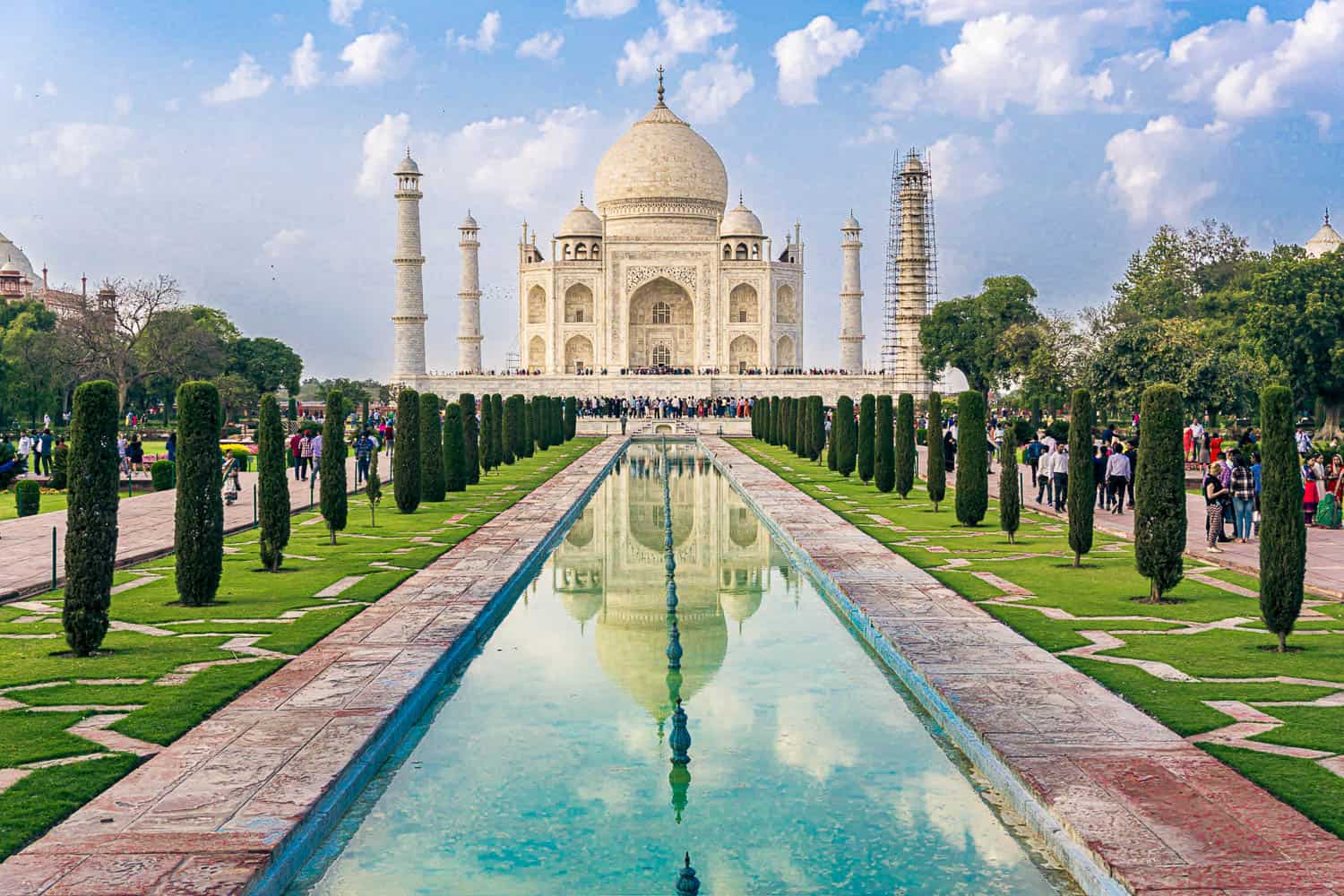

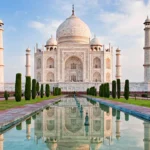
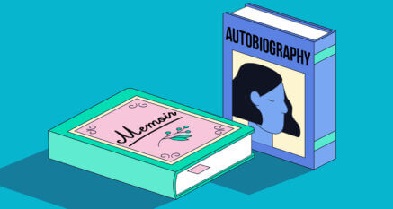

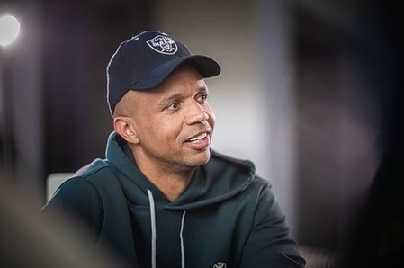
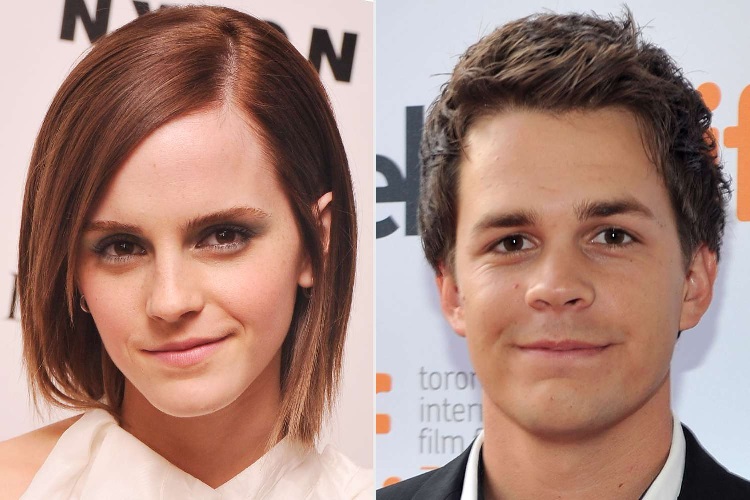
Pingback: How did Shah Jahan get the Taj Mahal of Agra built? Part-2 - Morning Magazines
Pingback: How to Make Money from Facebook
Pingback: 10 Must-Visit Destinations for the Avid Traveler
Pingback: Cryptocurrency: A Comprehensive Guide to Modern Digital Currency